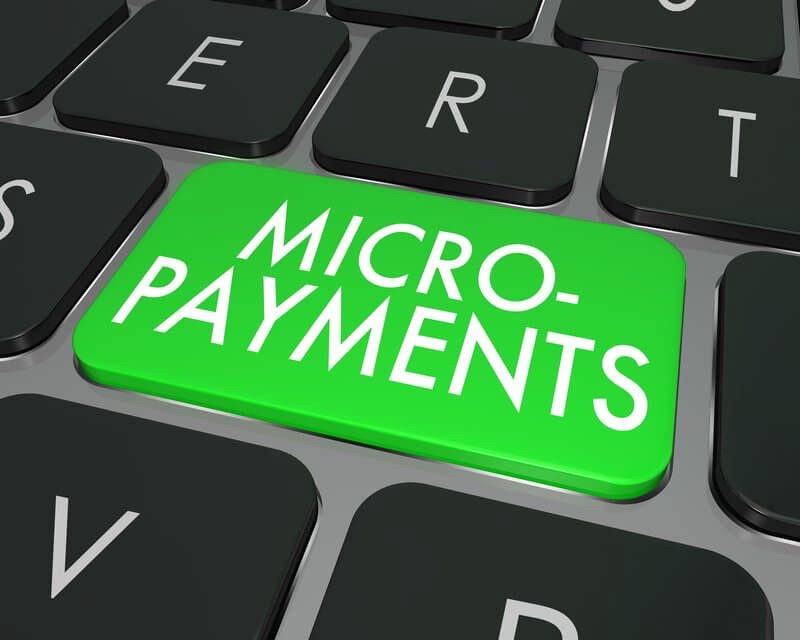Micropayment Policy – Navigating the Complexities of Small Transactions
In the rapidly evolving landscape of digital commerce and online services, micropayments have emerged as a compelling solution for monetizing content and services that were once considered too small to charge for individually. Micropayments refer to transactions involving tiny sums of money, often just a few cents or even fractions of a cent, in exchange for digital goods, content, or services. Despite their minuscule value, the aggregate volume of micropayments across a large user base can lead to substantial revenue for content creators and service providers. However, the implementation of an effective micropayment policy presents a myriad of challenges that must be carefully navigated. One of the primary complexities surrounding micropayments is the cost of processing these small transactions. Traditional payment methods, such as credit cards and digital wallets, often involve fixed transaction fees and a percentage-based commission. When applied to micropayments, these fees can easily outweigh the value of the transaction itself, rendering the entire process economically unviable.

To address this, businesses and platforms exploring micropayments must either negotiate special processing rates with payment providers or explore alternative payment models that minimize transaction costs, such as using blockchain-based cryptocurrencies designed for microtransactions. Another crucial consideration is user experience. Consumers are accustomed to seamless and instant digital transactions. When dealing with 소액결제 정책, the user experience must be equally frictionless. Requiring users to go through a cumbersome payment process for a few cents can lead to frustration and abandonment. Implementing features like one-click payments, digital wallets with preloaded balances and even subscription models for aggregated micropayments can enhance user convenience. Furthermore, content pricing and value perception play a pivotal role. Determining the appropriate price point for micropayments requires a delicate balance between ensuring the transaction covers costs and creating perceived value for the user. Subscriptions or bulk purchasing options can offer users more bang for their buck, encouraging them to spend on micropayments without hesitating over each individual transaction. This strategic pricing can help inculcate a habit of micropayment usage.
Fraud prevention and security are additional concerns that cannot be overlooked. With a high volume of small transactions, the potential for fraud and abuse increases. Businesses must invest in robust security measures, fraud detection algorithms, and user authentication protocols to safeguard both their interests and the privacy of their customers. Moreover, cultural attitudes toward micropayments and their perceived value may vary, necessitating tailored strategies for different markets. In light of these complexities, a successful micropayment policy requires a multi-pronged approach. Businesses must strategically evaluate their content or service offerings to determine where micropayments are most appropriate, considering factors like user engagement, content frequency, and potential revenue generation. They should also collaborate closely with payment providers to negotiate favorable terms, potentially exploring partnerships that specialize in microtransactions. User experience should be prioritized, with intuitive interfaces, quick payment processes, and flexible pricing models. Security and fraud prevention mechanisms should be integral to the system, ensuring both customer trust and business integrity.
